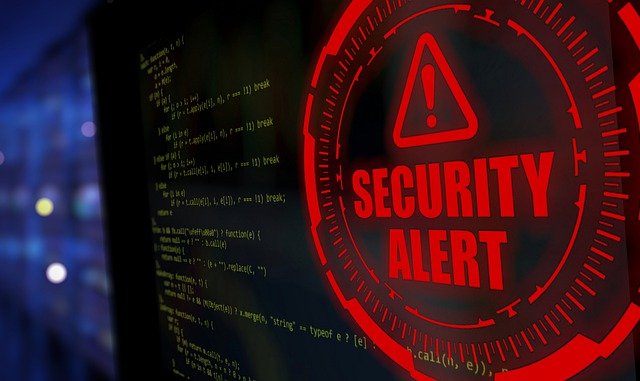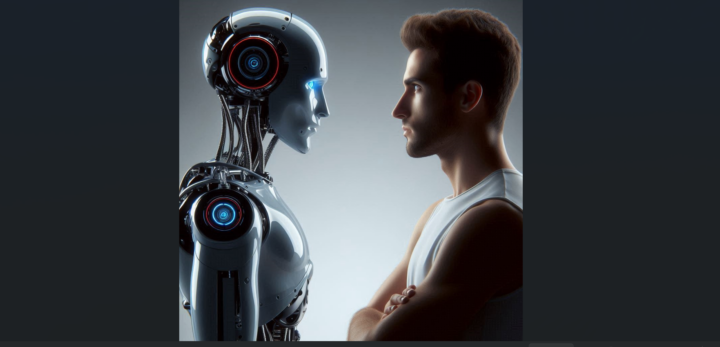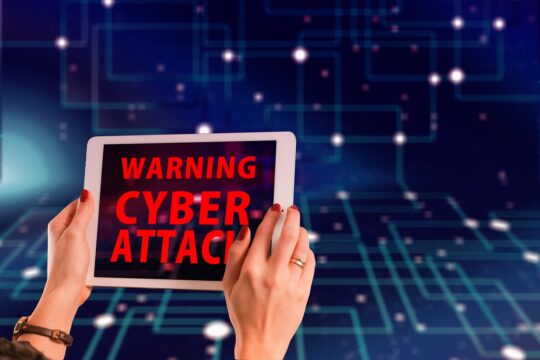While technology is rushing ahead in every sector, cybersecurity is becoming necessary in unprecedented areas. As has been said before, COVID-19 hasn’t helped.
For example, according to a new report published by Google’s Threat Analysis Group, for some two years now, a network of recruited hackers have been stealing YouTube creators’ channels, persuading them with fake promises of partnerships to relay cryptocurrency scams or simply sell the accounts to the highest bidder.
Read more: COVID-19 induced WFH puts cybersecurity in the spotlight in India Inc.
In September, a Juniper Research study predicted that consumers would lose US$40 billion to fraudulent robocalls globally in 2022, increasing from US$31 billion in 2021. This new form of cyber threat encourages the disclosure of personal information that fraudsters can then utilise for identity theft. In most such cases, fraudsters pose as a genuine brand or enterprise to obtain the call recipient’s trust.
Apart from the above examples, think of an IoT run home that consumers control from outside, or self-driven automotive vehicles that promise to buzz around driverless. What happens when those are hacked (remember the movie Upgrade)? And what level of cybersecurity will be needed to ensure safety in them?
Today, devices and industries are more interconnected than ever and will be even more so soon. Thus, with integrated and embedded systems coming into play, hacking will not be limited to software or integrated systems. For strengthening cybersecurity through tech adoption and giving impetus to innovation, multiple players need to be on board.
Any digital product will face the challenge of being hacked. Thus, going forward, all new innovations will be pushed to create the ecosystem of cybersecurity alongside the actual product
According to the Identity Theft Research Center, the number of data breaches in 2021 have already exceeded the total number in 2020 by 17%. The year is being predicted as a record-breaking year for data compromises.
It’s no wonder that companies like Google have committed US$10 billion to advance cybersecurity.
As we move in almost everything from analogue or manual to digital, chances of hacks and data breaches increase. However, at the same time, this need for cybersecurity is giving rise to new ecosystems.
An Ecosystem with Third Party Verification
The Juniper study predicts that the robocall fraud cyber menace will birth a competent ecosystem, where brands and enterprises will be verified before a call is placed.
This ecosystem will include brand authentication technologies, which inform mobile subscribers on their smartphone screen before answering the call, including the verified identity of the enterprise calling and the purpose for the call.
Any future product irrespective of its performance and intelligence cannot capture the mass market without consumer’s ‘trust’. Hence, the future belongs to those who take a holistic approach to safety and security and is focused on correct-by-construct approach by building next-generation products and solutions
This will also give rise to an ecosystem that enables enterprises to be verified by a third party.
Research co-author Charles Bowman remarked, “Even if the fraudulent attempt is unsuccessful, subscribers will still be subject to nuisance calls. In 2022, we predict over 110 billion unwanted robocalls will be made globally; significantly diminishing the value of mobile voice channels.”
The Line Between Software & Hardware is Blurring
The pressing need of cybersecurity and functional safety for automotive and steps that should be taken in a fast-digitalising automotive sector were discussed at a recent tech summit conducted by NXP, an Indian R&D centre for NXP Semiconductors as they discussed.
The panel highlighted that the line between software and hardware from a cybersecurity and functional safety perspective is increasingly getting blurred and there would be a need to re-look at the problem from a combined perspective.
“Software functionality is important, but all security is actually interlinked and anchored. There’s nothing like distinct software or hardware security, it is the overall security that matters at the end of the day”, said Lars Reger, Executive VP and CTO, NXP Semiconductors.
Without stringent cybersecurity measures, an entire vehicle can be hacked, which leads to the need for a skilled workforce that can keep the curriculum in tandem with industry innovations.
Software functionality is important, but all security is actually interlinked and anchored. There’s nothing like distinct software or hardware security, it is the overall security that matters at the end of the day
“A nation that can do this best in keeping curriculum updated with times and imparting best-in-class training to college grads will have the thought leadership lead when it comes to innovations and building a tech ecosystem”, added Reger.
An Ecosystem of Cybersecurity with Every Product
For consumers to adapt a technology in totality, so that it becomes a mainstream product in any market, it has to gain the trust of the consumer. Any digital product will face the challenge of being hacked.
Thus, going forward, all new innovations will be pushed to create the ecosystem of cybersecurity alongside the actual product.
As Sanjay Gupta, VP and India MD, NXP Semiconductors, said, “Safety and security are non-negotiable. Any future product irrespective of its performance and intelligence cannot capture the mass market without consumer’s ‘trust’. Hence, the future belongs to those who take a holistic approach to safety and security and is focused on correct-by-construct approach by building next-generation products and solutions.”











